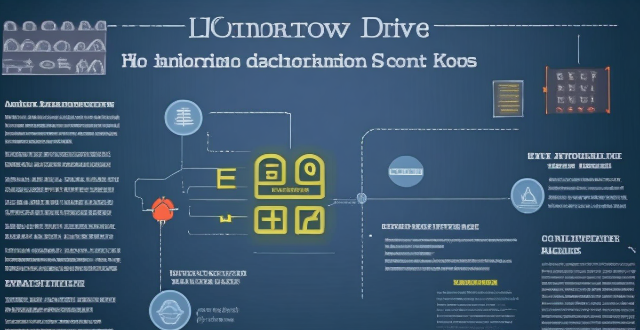The text explains how a multi-motor drive system works, its components, and benefits. It describes the process of power conversion, control signals, motor operation, mechanical transmission, and feedback adjustment in such systems. The advantages include improved efficiency, increased redundancy, and enhanced control.

How Does a Multi-Motor Drive System Work?
A multi-motor drive system is a complex mechanical setup that involves the coordination of multiple electric motors to power a single machine or vehicle. This type of system is commonly found in applications such as electric vehicles, industrial machinery, and robotics. Here's a detailed explanation of how a multi-motor drive system works:
Components of a Multi-Motor Drive System
A typical multi-motor drive system consists of several key components:
1. Electric Motors: These are the primary sources of power for the system. Each motor generates torque and rotational energy to drive the machine or vehicle.
2. Controllers: These devices regulate the speed, torque, and direction of each motor. They receive input from sensors and other control systems to adjust the motors' performance accordingly.
3. Power Electronics: These components convert electrical energy from the main power source into a form suitable for the motors. They include devices like inverters, rectifiers, and transformers.
4. Sensors: These devices monitor various parameters of the system, such as speed, temperature, and current flow. They provide feedback to the controllers, allowing them to make adjustments as needed.
5. Mechanical Transmission: This component connects the motors to the machine or vehicle's wheels or other moving parts. It may include gears, belts, chains, or other mechanisms to transfer power efficiently.
Working Principle of a Multi-Motor Drive System
When a multi-motor drive system is activated, the following steps occur:
Step 1: Power Conversion
The main power source (such as a battery pack in an electric vehicle) supplies electrical energy to the power electronics unit. This unit converts the raw electrical energy into a form that can be used by the motors. For example, in an AC motor system, the power electronics might convert DC power from batteries into AC power using an inverter.
Step 2: Control Signals
The controllers receive input from the user (via a user interface or control system) and from sensors monitoring the system's performance. Based on this information, the controllers send control signals to each motor, specifying how much power it should produce and in what direction it should rotate.
Step 3: Motor Operation
Each motor responds to its control signal by generating torque and rotational energy. The amount of torque and speed produced by each motor depends on its design and the specific control signal it receives.
Step 4: Mechanical Transmission
The mechanical transmission components (gears, belts, etc.) transfer the power generated by the motors to the machine or vehicle's wheels or other moving parts. This process involves converting the high-speed, low-torque output of the motors into lower-speed, higher-torque motion suitable for driving the machine or vehicle.
Step 5: Feedback and Adjustment
Sensors continue to monitor the system's performance during operation. If any changes are needed (e.g., due to varying load conditions or operator inputs), the controllers adjust their control signals accordingly. This ensures that the system maintains optimal efficiency and performance throughout its operation.
Benefits of a Multi-Motor Drive System
Using multiple motors instead of a single large motor offers several advantages:
- Improved Efficiency: Smaller motors can operate more efficiently than larger ones at partial loads. By distributing the load across multiple motors, the system can achieve higher overall efficiency.
- Increased Redundancy: If one motor fails, the others can still operate, albeit at reduced capacity. This provides a level of fault tolerance not possible with a single-motor setup.
- Enhanced Control: With multiple motors, it's possible to fine-tune the power distribution and control strategies more precisely. This allows for better acceleration, braking, and handling in vehicles or more precise movements in industrial machinery and robotics.
In conclusion, a multi-motor drive system combines the power and control capabilities of multiple electric motors through sophisticated electronic controls and mechanical transmission components. This results in a highly efficient, reliable, and versatile solution for various applications requiring precise control over motion and force generation.